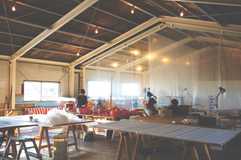Report / Kyoto
Future proof
The Japanese city of Kyoto is renowned for its ancient traditions. But a crop of young designers is making sure it’s also set to become one of the nation’s creative hubs of the future.
Kyoto is a city synonymous with tradition. It’s a hub of tea ceremonies and sakura (cherry blossom) picnics, ancient temples, Geishas and methods of kimono making that have remained unchanged for centuries. But while tourists flock to Kyoto for all of this and more, the old imperial capital of Japan is not just a museum of the past – when it comes to design, it’s becoming a beating heart of the country’s future.
A growing number of forward-looking Japanese designers, architects and artists are setting up practices across the city in converted factories, old wooden houses and contemporary studios. Cheap rents, a strong community spirit and a good work/life balance – combined with a rich heritage of unrivalled craftsmanship – are among the key draws for creatives based in Kyoto. And another factor is last year’s earthquake, tsunami and nuclear crisis: many speculate that the disaster triggered a subtle but growing sense of creative decentralisation away from Tokyo.
On a more practical note, high-speed bullet train links, with dozens of daily services between Kyoto and Tokyo make it easy to pop back to the capital for meetings on a regular basis – the fastest trains take just two hours and 20 minutes. Kyoto residents are renowned in Japan for their formality and sense of ceremony, often regarded as a lingering legacy of its imperial heritage. But this attitude is gradually receding, thanks in part to the influx of newcomers and the city’s booming student population.
Long regarded as a hub for academia, Kyoto is home to an impressive 37 universities, with students accounting for as many as one in 10 residents – a welcome and lively change to the usual silver age-heavy demographic found elsewhere in Japan. Modern industries are also well-represented, with companies including gaming giant Nintendo based in the city. Pop culture lovers, meanwhile, are also drawn to meccas such as the Kyoto International Manga Museum.
“Kyoto is a city where innovation has gone hand in hand with tradition,” says Norito Nakahara, design director of Tokyo-based UDS, who has designed two Kyoto hotels in recent years (Anteroom and Kanra). “Tokyo is still the centre in terms of providing opportunities but ways of promotion and presentation have changed dramatically in recent years. Strong and distinctive brand-powered places like Kyoto are more likely to send out their information directly into the world.” As Japan opens up, so too does the opportunity to do business not just from the capital – a “Made in Kyoto” stamp now arguably carries more currency than a “Made in Japan” one.
And so dotted among the ancient shrines, tea houses and old machiya merchant houses, today you will increasingly find design studios, minimalist exhibition spaces and a new breed of hotel. Local events ranging from Designeast, a regional design platform, to Cho-Kyoto, a modern art fair held in historic buildings, are also cementing the city’s place on the global creative map.
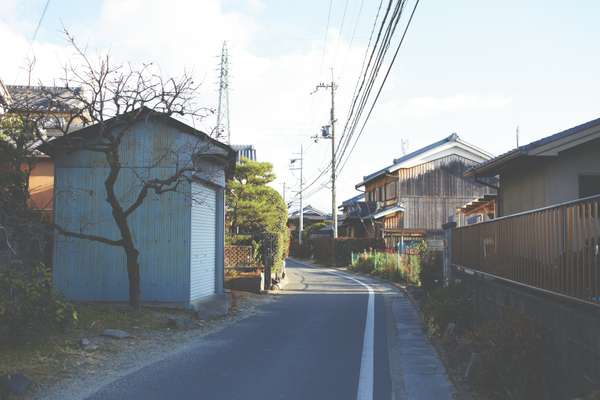

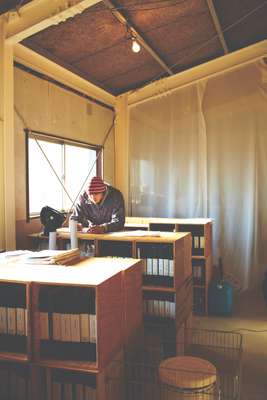
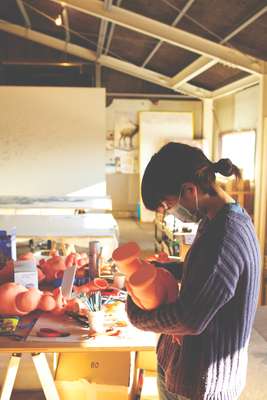
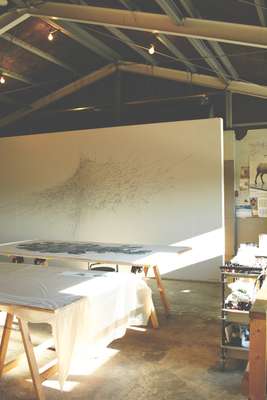
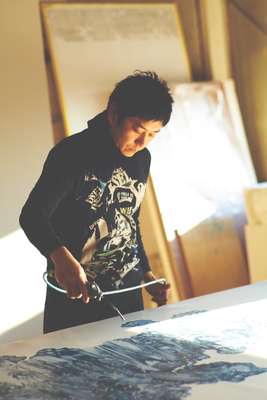
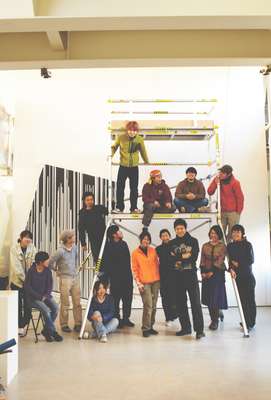
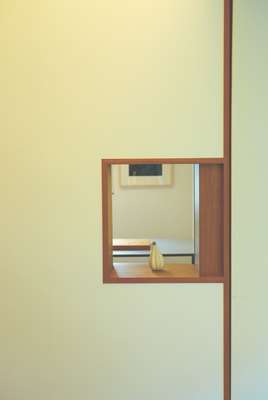
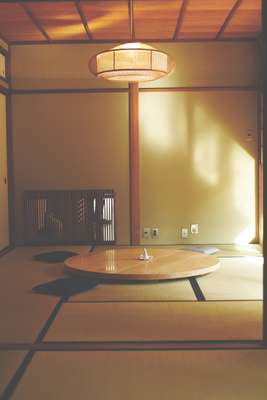
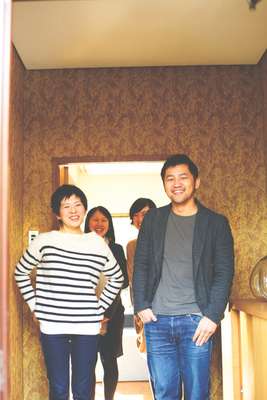
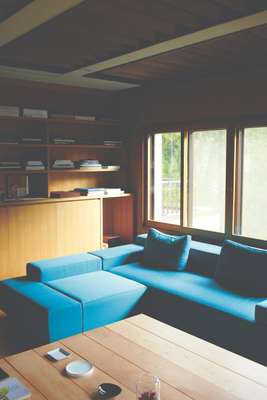
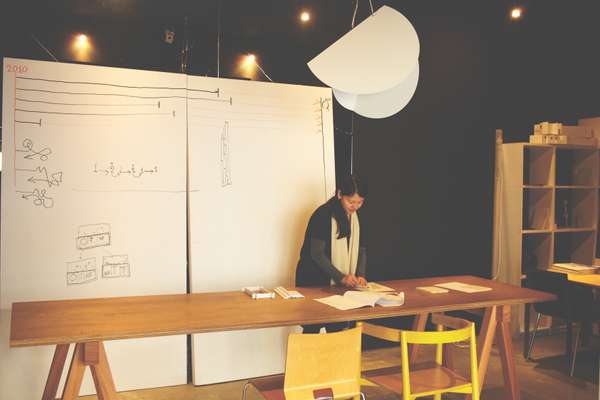

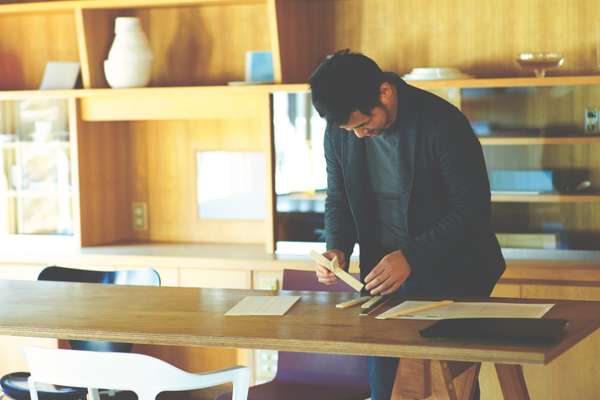
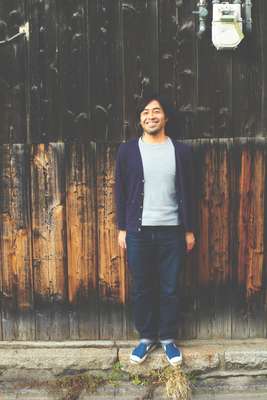

It’s a timely boost for Kyoto: the traditional craftsmanship for which the city is famed has long been dwindling and dying out altogether – the few surviving yuzen kimono fabric dying specialists or tea ceremony lacquerware artists struggle to pass down their skills to a younger generation. Looking both forwards and backwards is a tricky balancing act: but with the help of its emerging creative community, it’s a skill Kyoto looks set to master.
01.
Kohei Nawa
Artist and designer
Osaka-born Kohei Nawa moved into an industrial warehouse (and former sandwich factory) in July 2009. There is a sleepy, rural feel to the Kyoto neighbourhood on the wide banks of the Uji River.
Inside, though, it’s a hive of activity: downstairs, several workers from his Sandwich creative collective are sticking glass balls to a stuffed deer head, while upstairs a pile of naked plastic dolls are being given a second life as table legs for a new restaurant.
Today, around a dozen artists, designers and architects work with Nawa at the factory on projects ranging from hotel interiors and fashion flagships to international art exhibitions. “At the start we were aiming to create a studio but now it’s become more of a wider creative platform,” he says. “We have different teams – architecture, graphic design, interiors – and we all work together. Our aim is to come up with a new type of office, sharing the expertise of a number of people from different genres and backgrounds.” And he believes the studio’s Kyoto location is crucial to this. Nawa first moved to the city nine years ago to study at Kyoto City University of Arts – and has never left.
Today, he lives in the design hotel Anteroom (which has permanent residences) where he has curated a number of exhibitions throughout the industrial space. “Many younger generation creatives from Kyoto are finding great success. People are starting to realise Kyoto is not just a place for tradition and history, but also creativity.”
Back at the factory, he’s busy with a pile of projects, including an exhibition in South Korea.
02.
Teruhiro Yanagihara
Architect and designer
It was last summer that architect and designer Teruhiro Yanagihara decided to switch tempo by moving his office from urban Osaka to Kyoto. An airy house in a quiet neighbourhood in northern Kyoto might sound an unlikely setting for a design studio. But step inside and you see why it’s a perfect fit for his HQ.
Built less than four decades earlier, the interior is a natural, clean-lined space punctuated by simple design details. Eyes are drawn to the angular lines of the staircase and the curves of a metal window grill as well as contemporary design pieces such as the light wood table by Scholten & Baijings. Two peaceful tatami mat rooms with sliding screens overlooking the gardens are evidence of traditional Japanese design. As well as running his own design studio, working with a range of Japanese and European manufacturers, he is the creative director of Karimoku New Standard, a growing contemporary collection of furniture by a group of young international designers.
Upstairs there is a room for visiting international designers to stay, alongside a wood-lined office showcasing design pieces, while the practical creative work takes place in the garage, which he converted into a workshop. His studio is a place for his designs to be used, not just observed – from the white ceramics in the kitchen made with Kyushu’s Arita potters to the turquoise sofa in his office created for Swedish company Offecct.Explaining the city’s attraction, Yanagihara says: “Kyoto has always been different. It has its own unique identity. Rather than following Tokyo, it has its own traditions and histories. After the earthquake, many designers and artists from Tokyo realised that it is not always all about Tokyo.”
“It’s a very independent city,” he continues. “It can be difficult at first for outsiders to obtain access to craftsmen. But if you actually move here, it becomes easier. We want to create a bridge between international design and Kyoto.”
03.
Sosuke Nakabo
Product designer
Sosuke Nakabo has come full circle: born and raised in Kyoto, he has subsequently spent his working life at Panasonic in Osaka, Muji in Tokyo and finally Jasper Morrison in London. But last year, the product designer came home. “It’s good to be back. When I was a student, I never thought it would be possible to work here independently as a designer.”
Nakabo works alone from a simple office with white walls, bare lightbulbs and tidy folders on a quiet Kyoto street not far from Nijo Castle. A bicycle is propped up against the wall, which he uses to cycle home.
It was after falling ill while based in London that the idea of relocating to Kyoto first came to mind. “I really needed to rest and I had this realisation that I could work with Jasper from anywhere in the world,” he says. “I initially thought about moving to Tokyo but the idea of being in Kyoto just kept growing.”
Today, Nakabo points to a better quality of life, due to the compact size of the city, its thriving creative community and the fact he can stay connected internationally by his laptop.

